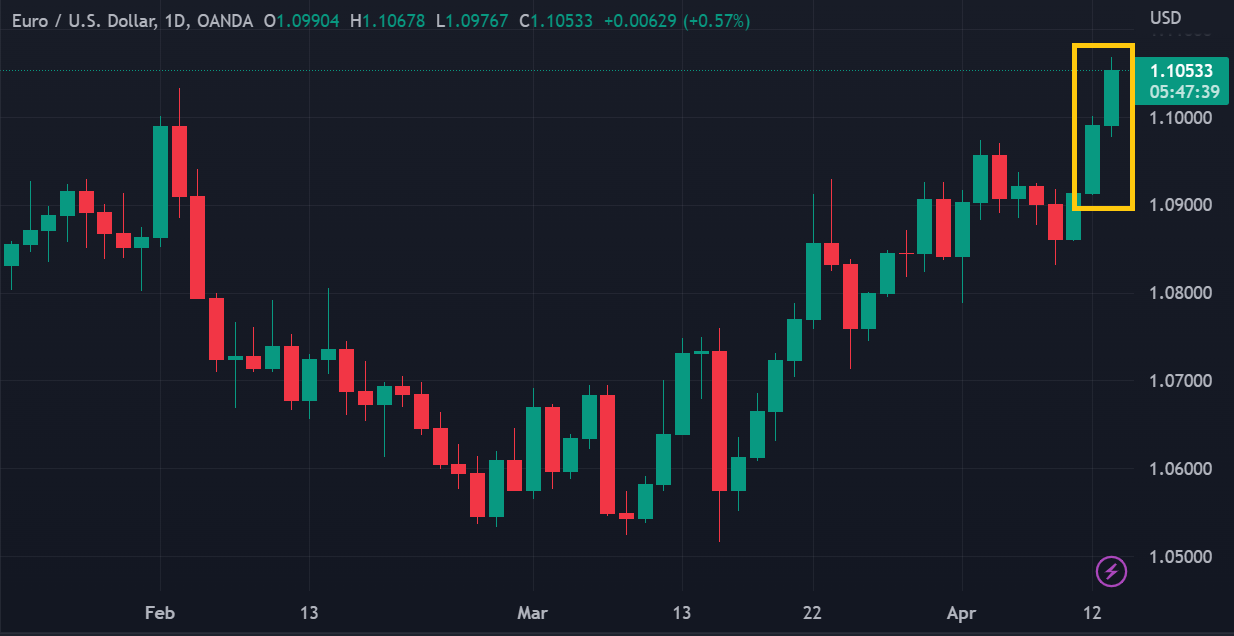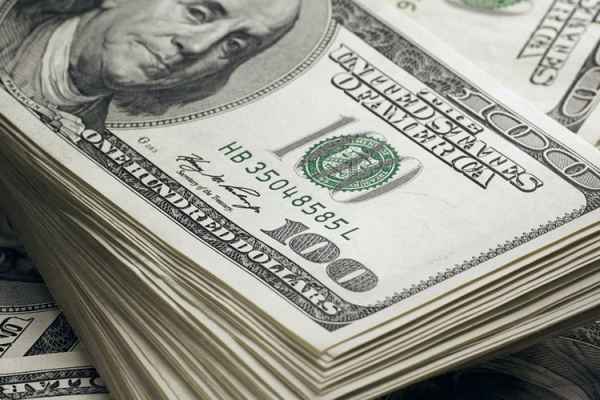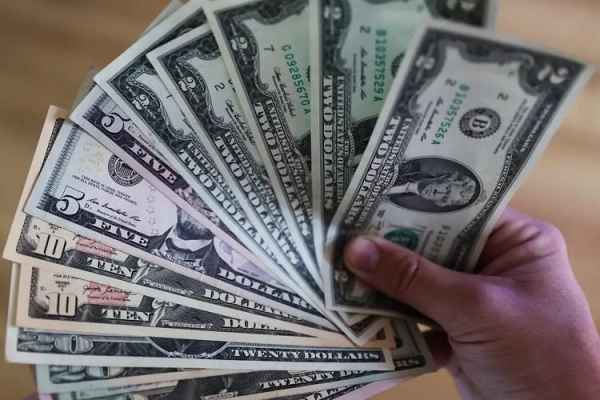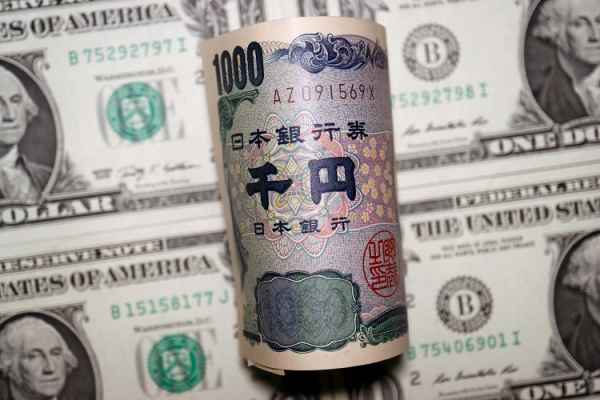The US PPI inflation showed the lowest year-over-year growth since January 2021, which put pressure on the US dollar and boosted EUR/USD.
The US dollar index (DXY) continued its decline to a two-month low at the beginning of the New York session on Thursday (April 13th), following the disappointing release of US Producer Price Index (PPI) data. Meanwhile, EUR/USD broke through the threshold of 1.1000 and reached its highest level in the past year.
 EUR/USD Daily chart via TradingView
EUR/USD Daily chart via TradingView
The Producer Price Index (PPI) in the United States sharply declined in March 2023. The growth in the main PPI data was recorded at -0.5%, far from the consensus estimate of +0.1% (month-over-month). The core PPI was also recorded at -0.1%, while the consensus expected growth of +0.3% (month-over-month).
PPI inflation fell from 4.9% to 2.7% on an annual basis. This is the lowest year-over-year growth since January 2021.
The US PPI report indicates a disinflationary pressure that may continue in the coming months, including in the core components that recorded an increase in US CPI data during the same period. As a result, the probability of a Fed rate cut has increased.
Fed Funds Futures now calculate a projection of an interest rate hike from 4.830% (currently) to 5.003% in June, then down to 4.278% in December. This means that the market expects the Fed to raise interest rates again in May, then cut interest rates around three times in the year's second half.
Such speculation has pressured the US dollar against other major currencies, including the euro. Moreover, the market still expects the European Central Bank (ECB) to raise interest rates several times and not cut rates this year to curb Eurozone inflation.
"We have seen a dramatic swing in interest differentials in favour of the euro," said Ben Laidler, global markets strategist at eToro. "The combination of falling U.S. inflation and rising recession risks have driven expectations of three Fed interest rate cuts this year compared to further hikes from the still-hawkish ECB."
The next group of traders and investors will monitor the US retail sales data, which will be released tomorrow. The current consensus predicts negative growth in US retail sales in March 2023, but still higher on a year-over-year basis. If the data is worse than this estimate, the greenback may fall even further.

 Dedicated FREE FOREX VPS
Dedicated FREE FOREX VPS Free FOREX Virtual Private Server
Free FOREX Virtual Private Server MT4 Demo Contest, Get $500
MT4 Demo Contest, Get $500 Sign Up for an Account, Claim 60% Deposit Bonus
Sign Up for an Account, Claim 60% Deposit Bonus Free MT4/MT5 VPS 2024
Free MT4/MT5 VPS 2024 Send E-mail and Get Free Merchandise
Send E-mail and Get Free Merchandise $1K Refer a Friend Bonus for Pepperstone Pro clients
$1K Refer a Friend Bonus for Pepperstone Pro clients Maximize Your Earnings with 100% Deposit bonus
Maximize Your Earnings with 100% Deposit bonus Trade to Win, $5,000 Monthly Demo Contest
Trade to Win, $5,000 Monthly Demo Contest Claim 30% + 15% Deposit Bonus from LiteFinance
Claim 30% + 15% Deposit Bonus from LiteFinance






